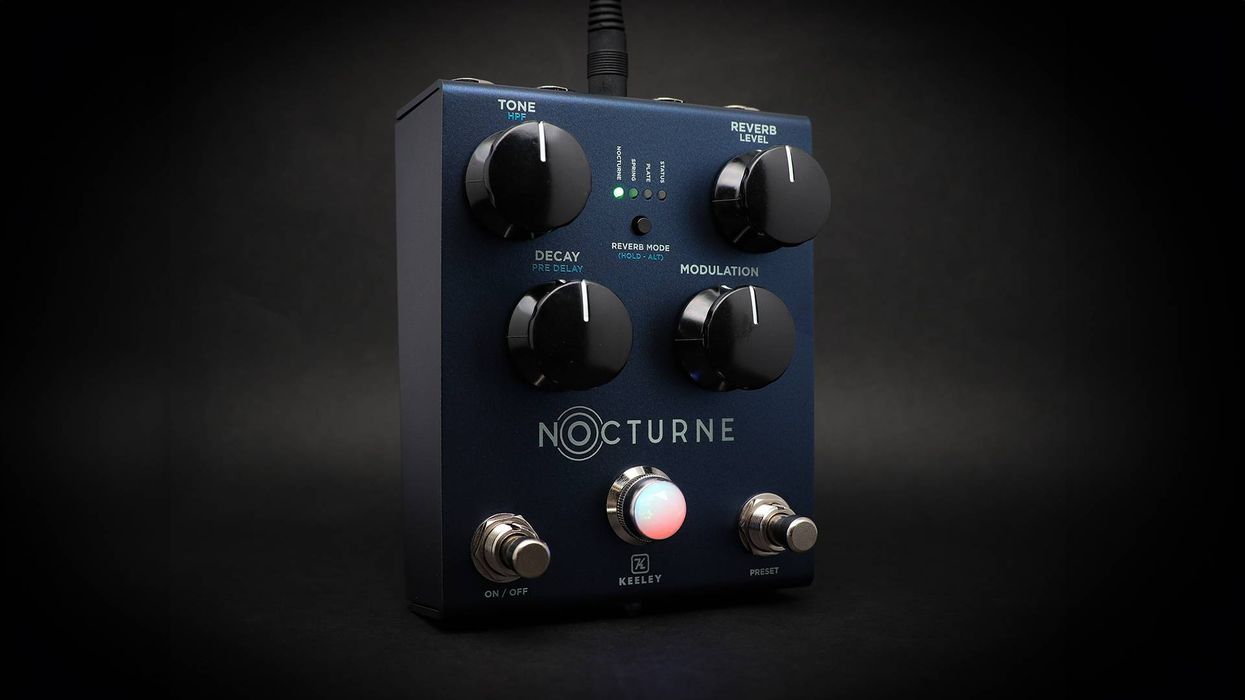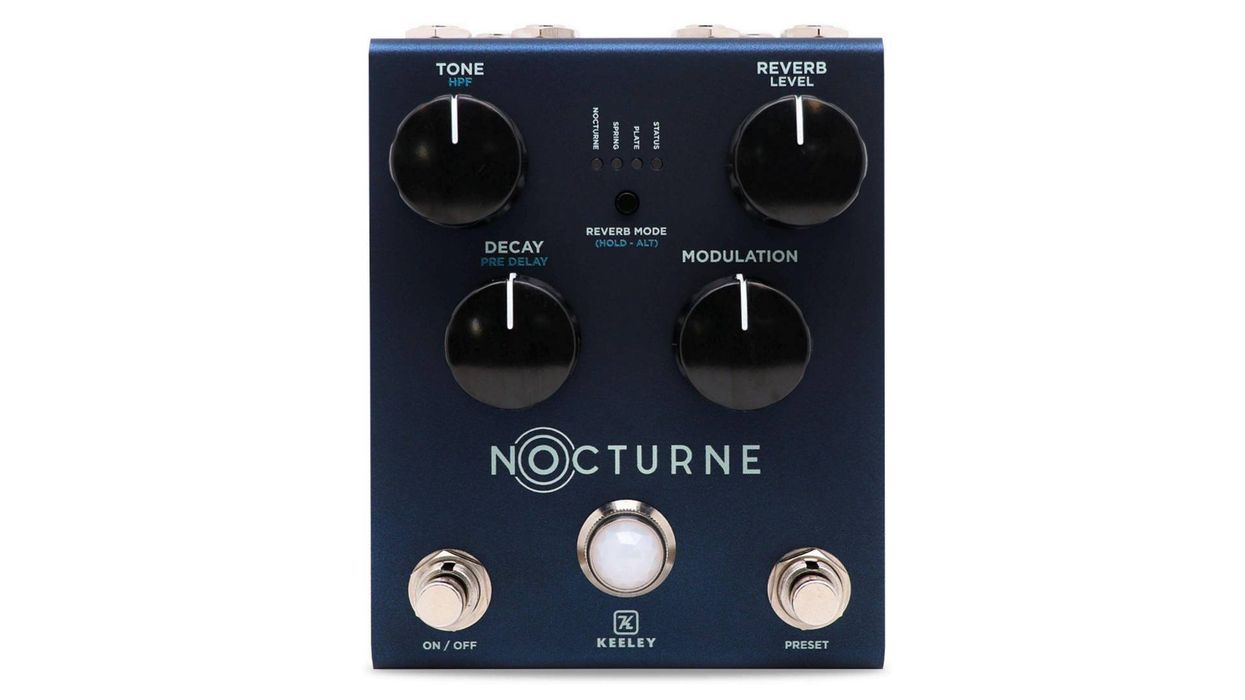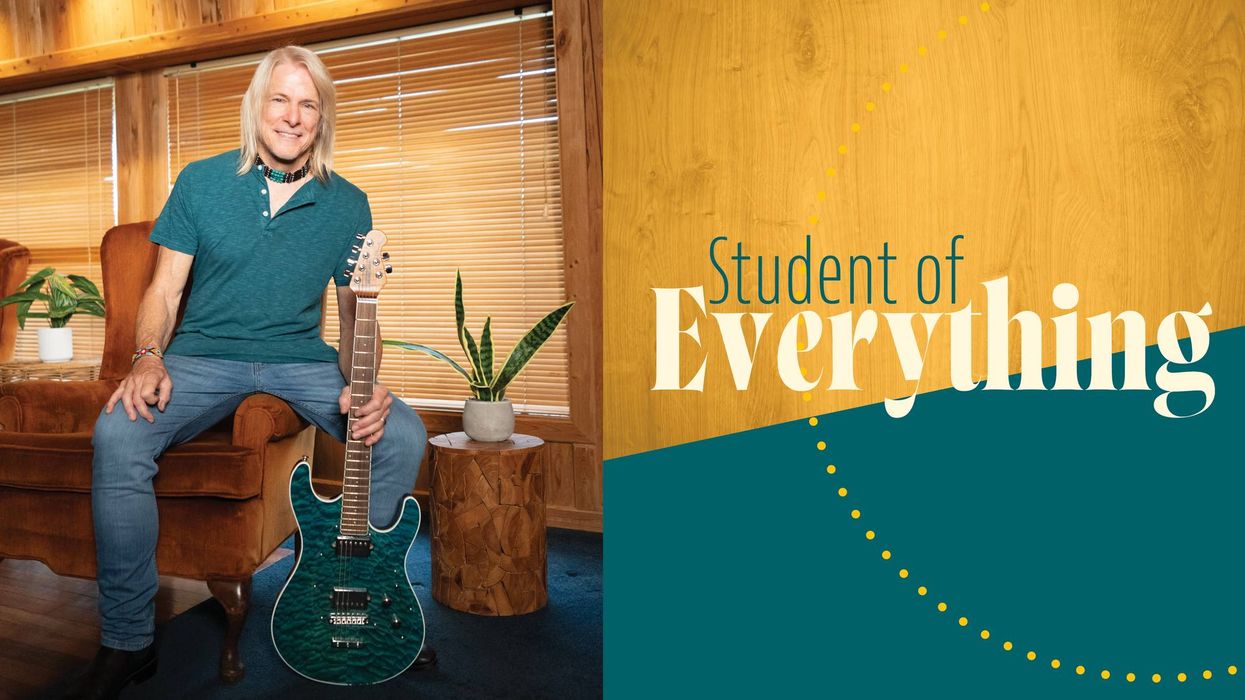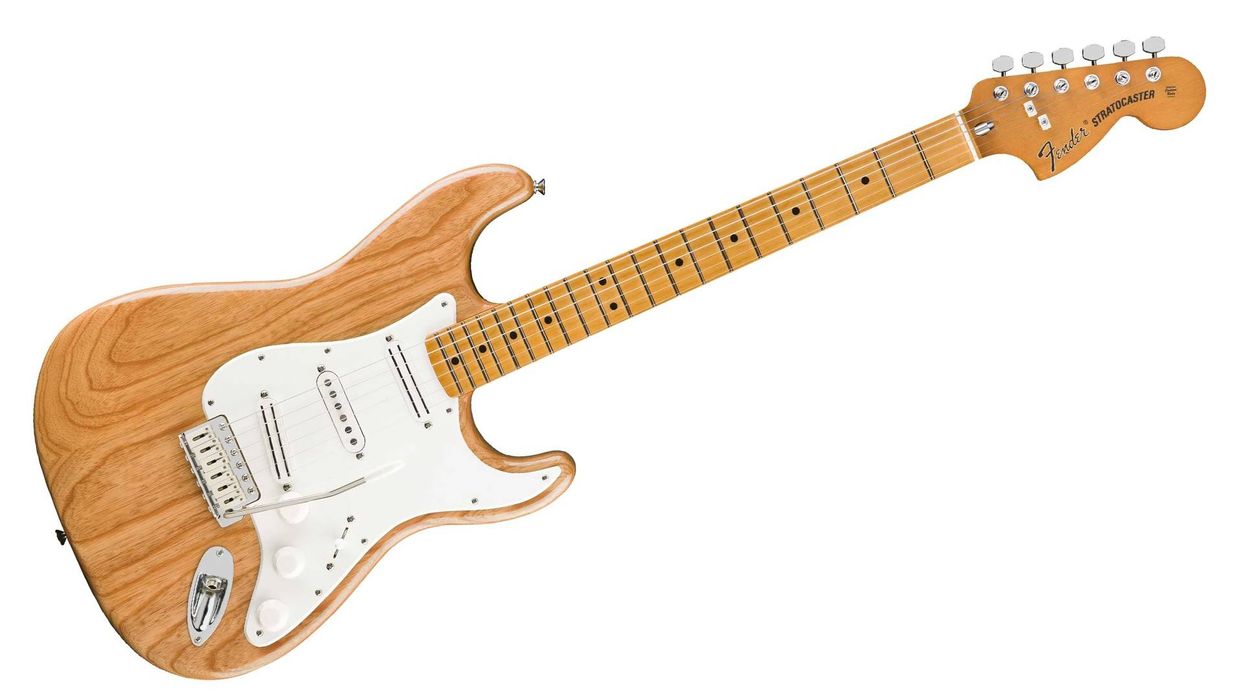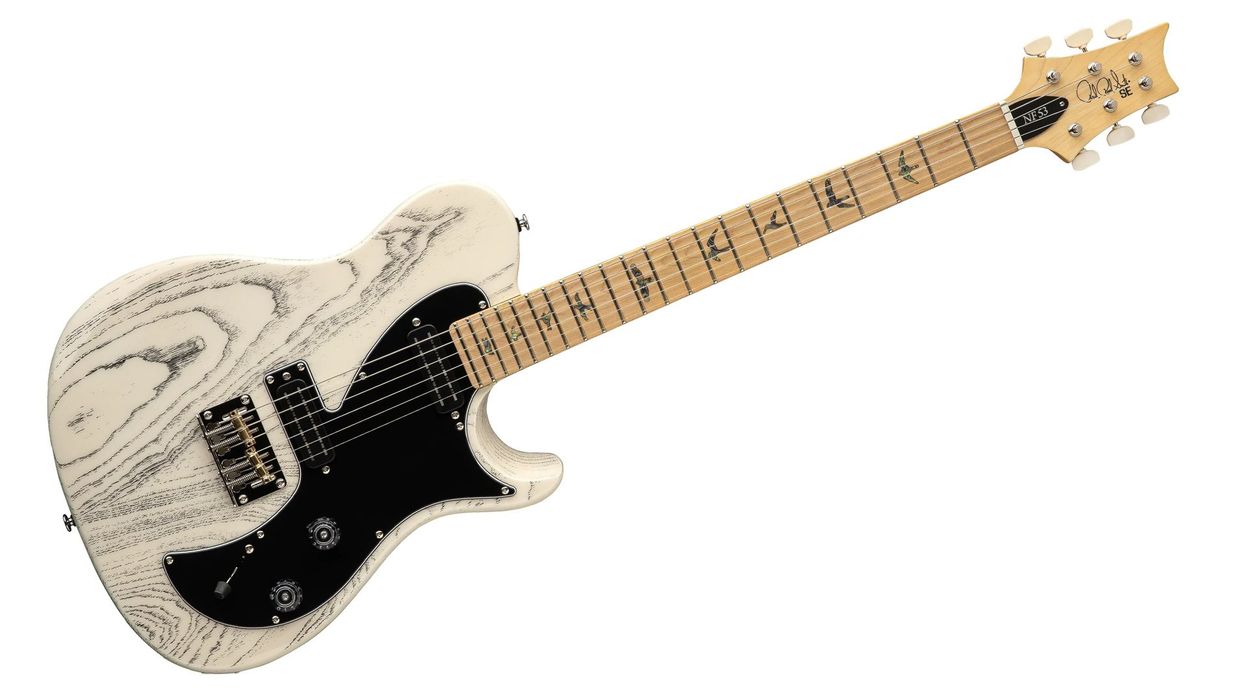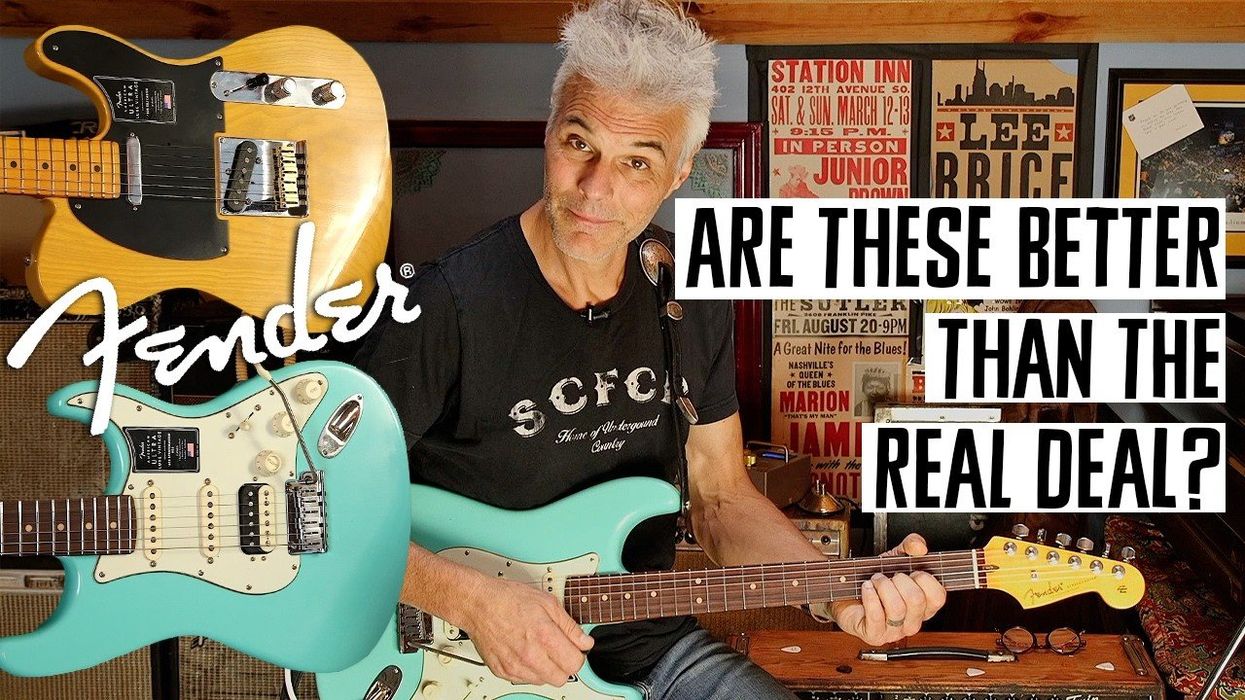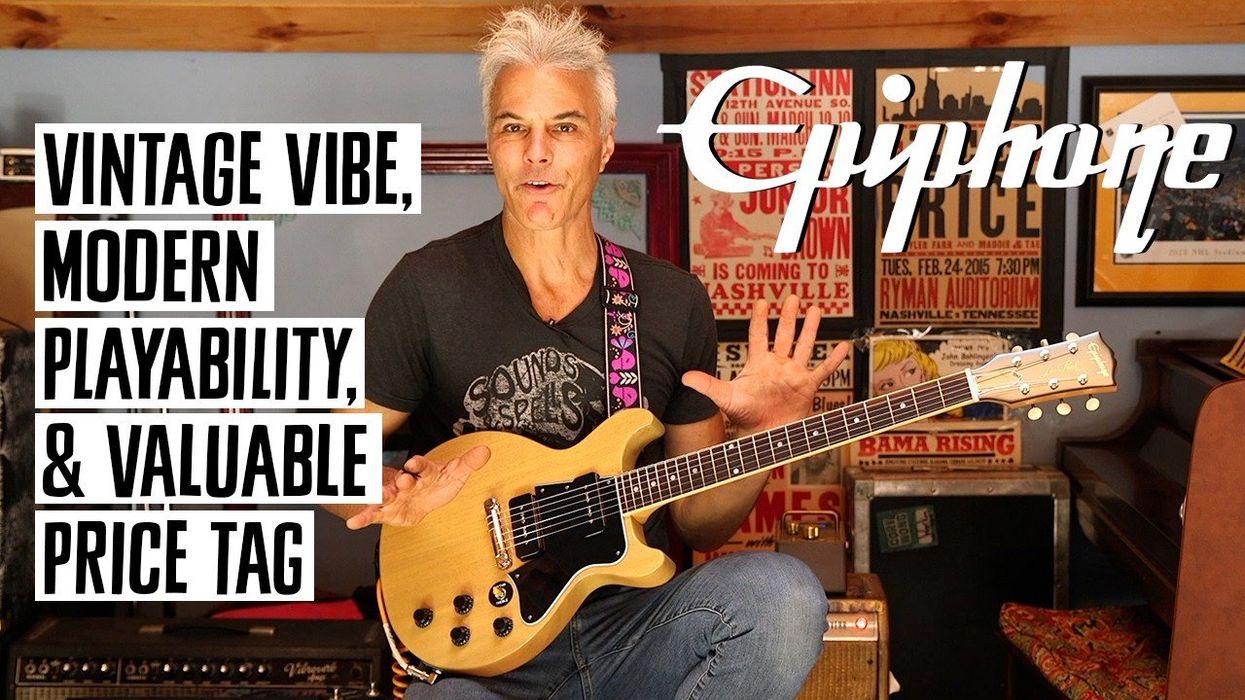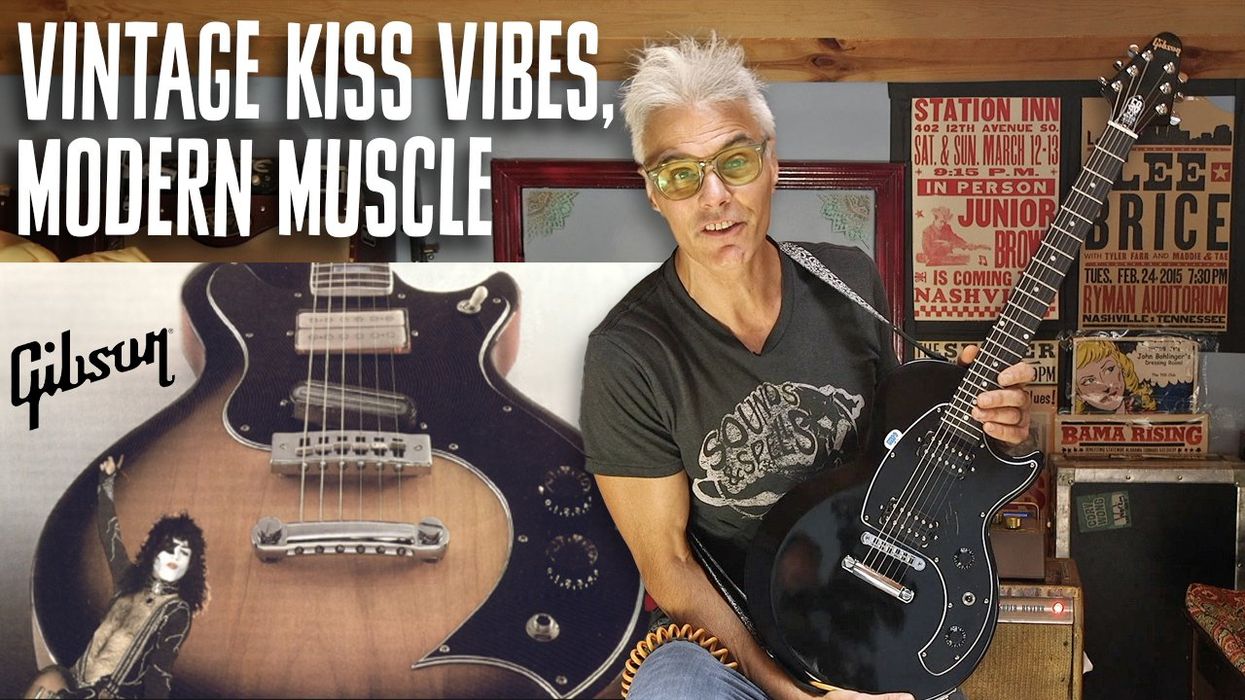Scottsdale, AZ (November 12, 2012) – Squier is proud to introduce an innovative new Strat guitar model that can directly connect with and record to Apple iPhone, iPad, iPod touch, Mac or Windows-based computers.
The Squier by Fender Strat Guitar with USB and iOS Connectivity features an onboard mini-USB connector that allows players to interface directly and easily with all these devices, with no additional hardware needed – including GarageBand and other music apps on iOS.

A mini-USB to USB as well as a mini-USB to 30-pin cable is included, and the guitar also features a convenient onboard stereo headphone jack with volume control for use in USB/iOS mode. Further, it’s still a fully functional Stratocaster model that can be plugged into any instrument amplifier.
For more information:
www.fender.com



